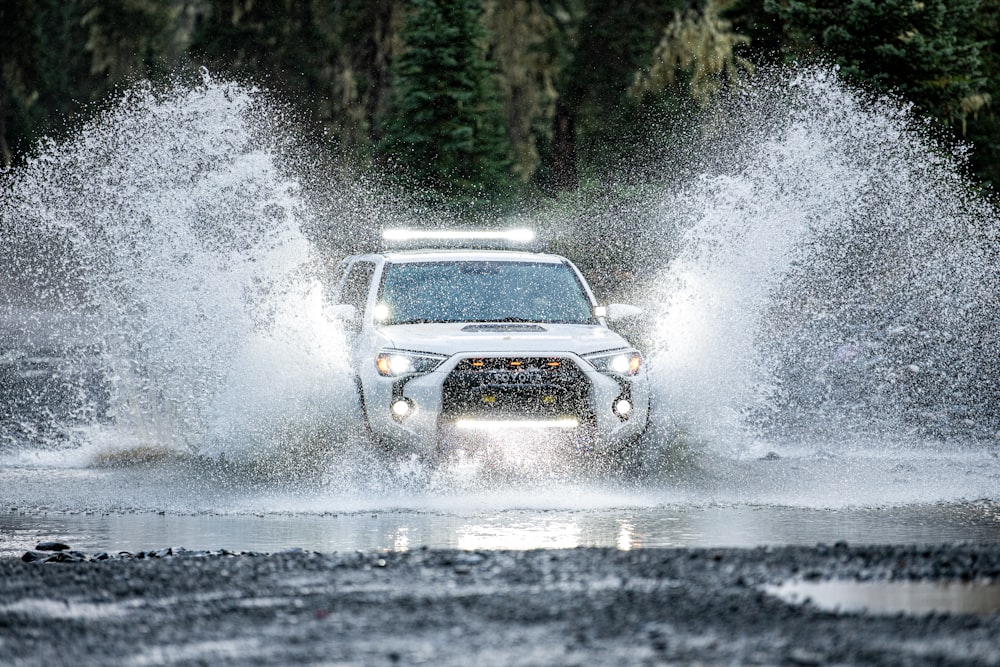How to Get Your 4WD Ready for Water Crossings
Jan 09, 2023
A deep river crossing may be the most exciting thing you can do in a 4WD vehicle. You've seen the pictures: the truck's hood is submerged in water, surrounded by beautiful woodland, and the driver's veins are bursting with adrenaline. It all sounds fantastic until anything goes wrong, and if that happens, you can kiss your beloved 4WD goodbye.
Purchase a Snorkel
A snorkel serves several functions. It offers cool air from outside the engine bay, pure air from above to keep your air filter clean on a dusty drive, and keeps your engine from ingesting water during water crossings. Ensure that the whole intake system is water and dust tight. Some air box fabrication work may be necessary to do this.

Enhance the Diff Breathers
All 4WDs are equipped with diff breathers, which allow air to enter or exit the differential depending on temperature. The issue with the OEM ones is that they are too short. As a result, if the breather opens while underwater, water will be sucked into your diffs. To avoid this, you may equip your car with longer diff breathers positioned in the engine compartment rather than on top of the axle.
River Crossings and Gas Engines
Gas engines require a little more maintenance before going for a swim. To keep water away from your distributor, coil pack, or spark plug wires, use vaseline or another water repellent spray. Water crossing blankets are also available to keep water out of the engine when crossing rivers.
Underbody Defense
When crossing a river, there's a good risk you'll hit pebbles or stumps that aren't visible above the water. In such cases, underbody shielding will keep all critical components secure.
Before you head out
The first thing you should do while approaching a river crossing is to halt. Allow the 4WD to cool for 5 minutes before plowing into icy water. Take your time assessing the crossing during those five minutes. Examine the depth, current, and the softness or hardness of the bottom.
Always keep an eye out for large rocks or holes that may not be evident while staring into the river. I'm afraid that walking the river is the greatest approach to test all of the factors described above. If you must walk it, keep in mind any potential creatures that may be dwelling in it; after all, you don't want to become crocodile food.
During the Journey
Avoid changing gears during the crossing if you have a manual transmission car since you will lose velocity and traction. It is critical to maintain a constant pace while crossing a river. Using your rear diff locker to gain additional grip on slick rocks or muddy riverbeds is also a smart idea.
Attach a Snatch Strap to Your Vehicle's Recovery Points
If a river crossing appears to be too dangerous, put a snatch strap to your 4WD and secure it someplace to prevent it from being pulled along the river. If you become caught, this is the easiest method for your friends to grab the strap and pull you out.


